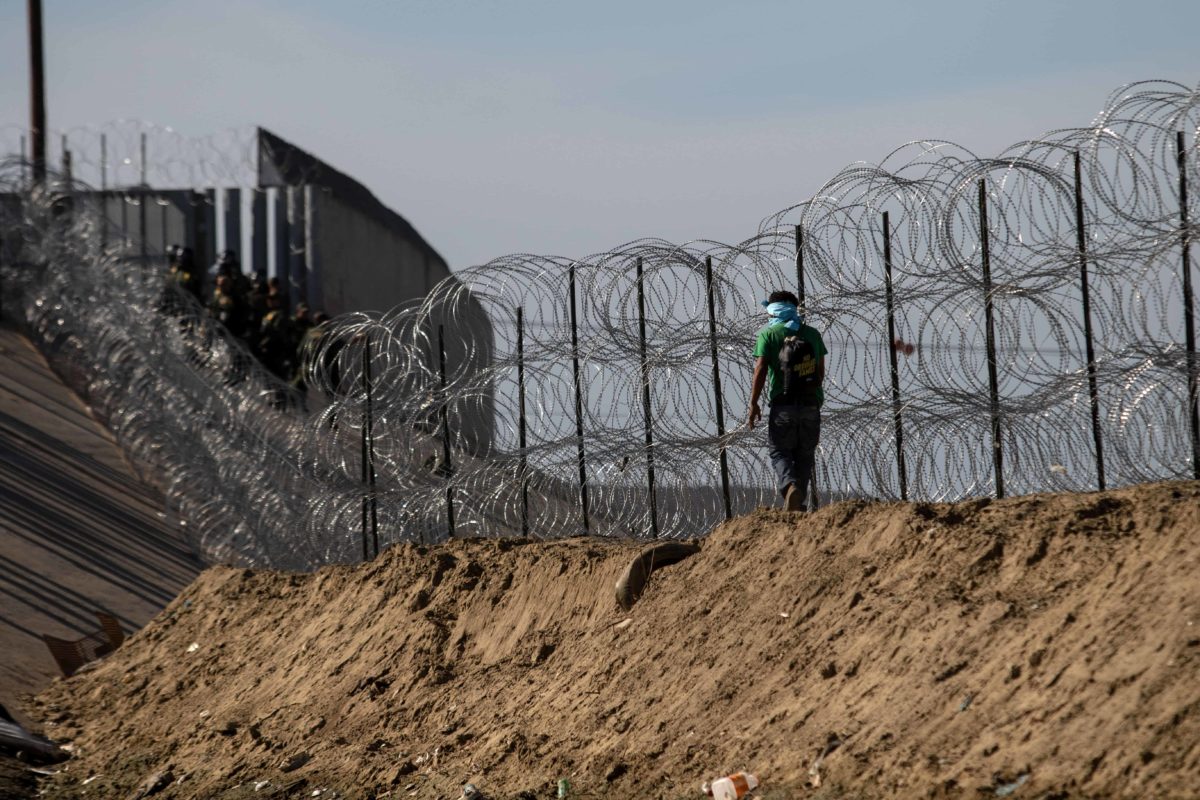The signing of asylum agreements by the United States with El Salvador, Guatemala and Honduras opens the door to similar initiatives with other countries in the region aimed at curbing irregular immigration, although many questions remain about implementation.
The government of the president of the United States, Donald Trump, declared in 2018 a “zero tolerance” policy on the border with Mexico before the growing arrival of undocumented immigrants, most of them from Central America.
Under the threat of imposition of tariffs by its powerful northern neighbor, Mexico deployed soldiers, stiffened migratory operations and controls.
In July, the United States signed an immigration agreement with Guatemala and subsequently inked agreements with El Salvador and Honduras. US authorities said they also sought an understanding with Panama.
However, Guatemalan President-elect Alejandro Giammattei reiterated his complaints Thursday about the lack of information about the agreement’s content and did not rule out repealing it.
“As long as we are not aware of how it will be (the immigration plan), who will do it, how much it will cost, what are the expected achievements, what is the implementation plan, we remain in the same position as simple and simply being able to think about the revocation of that agreement,” Giammattei said.
To seal the agreement with Guatemala — which has not entered into force — Trump threatened the country with taxing its exports and remittances.
Although the three governments reject that they are “safe third country” pacts — which would allow asylum seekers to be sent to another country to wait while their status is being processed — human rights associations claim the agreements do fall under that category.
“There is very little information on how these ‘safe third country’ agreements between governments in the region and the Department of Homeland Security will be implemented,” expert Daniella Burgi-Palomino of the Latin American Working Group (LAWG), based in Washington, told AFP.
Growing migratory flow from other countries
According to the US Department of Homeland Security, until August of this fiscal year, which ends in September, 72% of the migrants apprehended on the Mexican border came from El Salvador, Guatemala and Honduras.
In fiscal year 2018 — October 2017 to September of the following year — on the southern border of the United States, there were 396,579 people apprehended, of which 56% came from the Northern Triangle of Central America, with 115,604 migrants from Guatemala, 76,513 from Honduras and 31,369 from El Salvador.
Daniel Ortega’s government in Nicaragua is subject to various economic and political sanctions from the United States. There, where a wave of protests in 2018 left at least 325 dead, human rights associations report that 62,500 people have had to flee the country.
According to the Honduran president, Juan Orlando Hernández, about 70,000 people from Cuba, Nicaragua and other countries cross the territory annually.
The interim ambassador of Honduras to the OAS, Luis Cordero, told AFP that “as a transit country” in recent months they have registered “a considerable number of Venezuelan, Nicaraguan, Cuban and African citizens.”
An important resource leak for small countries
Over the last fiscal year of the United States, the last period for which dates are broken down by country, the apprehensions of migrants from outside the Northern Triangle represented a marginal level: 8,997 individuals from India, 3,282 from Nicaragua, 1,495 from Ecuador and 1,504 from Brazil, among others.
In September, the interim commissioner of the Office of Customs and Border Protection (CBP), Mark Morgan, said that the “migration crisis is a regional issue” and that discussions were continuing with the Northern Triangle countries but also with Panama.
“US authorities have taken steps to negotiate a cooperation agreement with Panama, but the new president of Panama (Laurentino Cortizo) has little to gain from this agreement,” Paul J. Angelo, an expert at the Council on Foreign Relations, told AFP.
“This would be an important resource leak for small countries such as Panama or Costa Rica, which have already absorbed in recent years a constant flow of people fleeing political instability in Nicaragua and Venezuela,” he added.
For Burgi-Palomino the agreements signed “are not based on reality because these countries cannot even offer protection to their own citizens.”
“All this is going to do is push the refugee crisis further and force refugees to take more dangerous roads,” Burgi-Palomino said.







